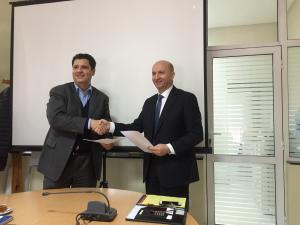By: Hesham Hassanein, U.S. Grains Council Regional Director for the Middle East and Africa
The U.S. Grains Council (USGC) and the National Poultry Federation in Morocco (FISA) signed a memorandum of understanding (MOU) last week to regulate the use of USDA Foreign Agricultural Service’s Section 108 funds in that country. The funds will be used for USGC programs from now through 2019.
Section 108 funds allow organizations to use certain foreign currencies acquired by the United States for activities to expand markets for U.S. agricultural commodities and for technical assistance programs.
These new funds will help the Council, FISA and COPAG, a Moroccan dairy and beef cooperative, address constraints in the local livestock sector, in turn generating interest in coarse grain imports.
Challenges facing Morocco’s poultry sector range from government policy to flock health to marketing.
While FISA and the poultry industry in Morocco have been very successful, there is room for the organization to grow into a larger leading force for the poultry industry.
FISA is developing its capacity to help poultry producers reduce production costs and consumer prices while increasing consumer confidence in the safety and quality of Moroccan poultry products. The organization is also working to become more influential in advocating for government policies that promote modern and safe processing and marketing of poultry products.
FISA’s success in these areas could increase per capita poultry consumption in the next five years from 17 kilograms per year to 21 kilograms per year, which would potentially increase coarse grains and co-product use from 1.48 million metric tons to 2.1 million tons.
Meanwhile, Morocco’s beef sector has already experienced growth in its annual production level, producing 254,000 tons of beef in 2014, which is 50 percent higher than 2008. This achievement is directly related to the implementation of an agricultural development plan known as the Green Morocco Plan, which aims to aggregate small farmers into investment projects that help them capture added value from their crops and build their operations.
The plan aims for the beef sector to increase production to reach 310,000 tons with a per capita consumption of 10 kilograms by 2020. To achieve this increase in production, the Moroccan beef industry must use improved genetics, feed more animals to heavier weights and increase the grain and co-products inclusion rates in ruminant diets.
To help meet these objectives, the Council has been promoting COPAG as a model for other Moroccan producers seeking to learn modern cattle production practices and management. By increasing this organization’s programming and administrative ability, Moroccan cattle producers should gain an improved understanding of the link between feeding high-quality grain and producing quality beef and how to process the quality beef into products consumers want to purchase.
As these programs with FISA and COPAG progress, the Council will have the opportunity to expand its influence and increase its effectiveness in Morocco by providing market intelligence information to coarse grain buyers and end-users. By building strong, ongoing relationships with key individuals and organizations, the Council will act as a catalyst to increase U.S. market share in that country.
Click here to learn more about the Moroccan market.


